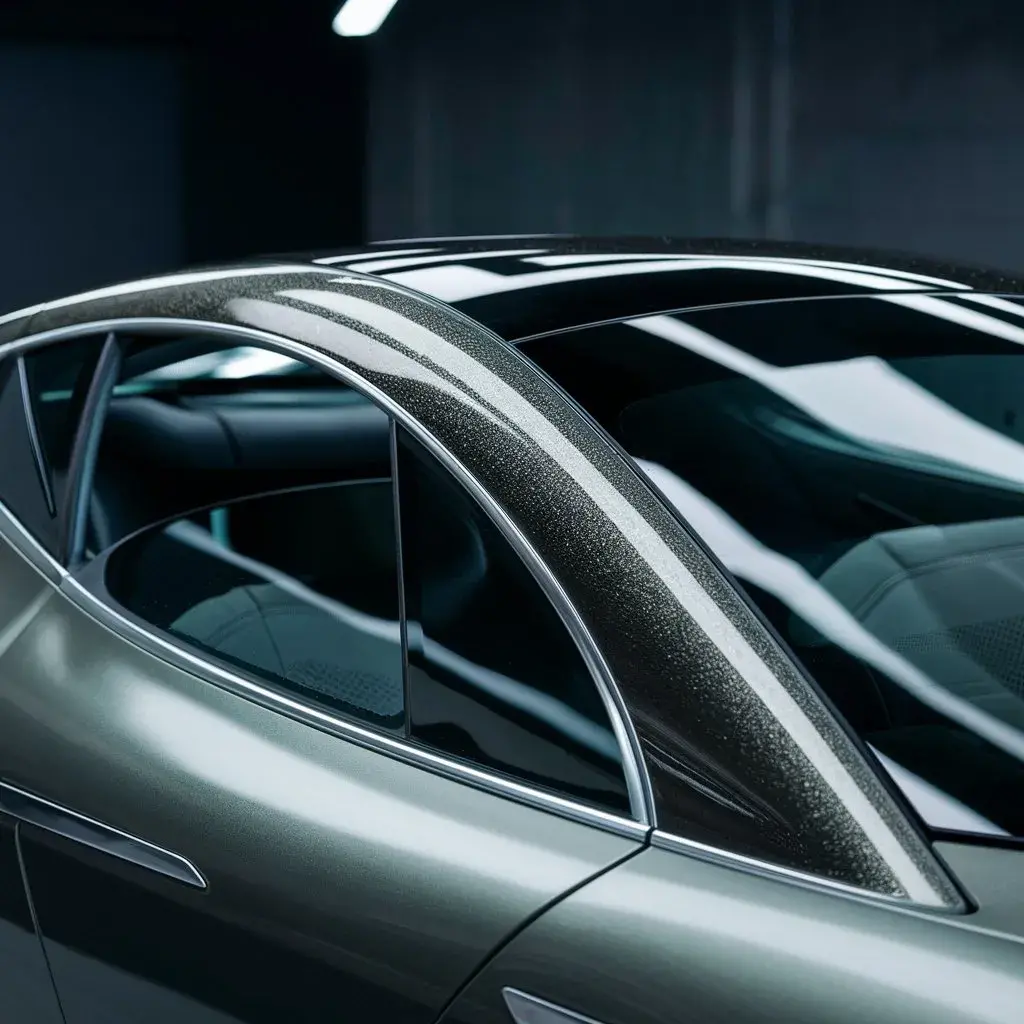
When considering the installation of metalized window tint for a vehicle, it’s imperative to weigh both its functional benefits and potential limitations. This type of tint, characterized by its thin metallic layers, excels in reflecting UV radiation and reducing solar heat gain, thereby enhancing comfort and protecting interior fabrics from fading. These attributes not only contribute to a more stable and cooler vehicle environment but also lead to reduced reliance on air conditioning, promoting better fuel efficiency. However, the metallic components can interfere with electronic communications, such as GPS and mobile phone signals, which raises concerns about its suitability for all drivers. Additionally, the shiny appearance of metalized tints might not align with every owner’s aesthetic preferences or meet specific regulatory standards, posing a dilemma for those considering its application. For those interested in auto glass tinting, these trade-offs warrant a closer examination of both the technological aspects and personal needs.
Advantages of Auto Glass Tinting with Metalized Tint
Metalized window tint, which incorporates a thin metallic layer within the film, offers superior heat rejection and enhanced durability compared to traditional tints. This superior performance stems from the metalized layer’s ability to effectively reflect solar energy, reducing the interior temperature of your vehicle. Such technology not only improves comfort during warmer climates but also contributes to significant energy savings by lessening the burden on air conditioning systems.
Another notable advantage includes its strong resistance to fading. Traditional dyes in non-metalized tints can degrade over time due to prolonged exposure to sunlight, leading to a lackluster appearance and diminished performance. In contrast, the metallic components in metalized tints maintain their color and reflective properties, ensuring long-term aesthetic appeal and functionality.
Moreover, this type of tint enhances privacy and security. Its reflective surface obscures the vehicle’s interior from external view, protecting occupants and valuable items inside from prying eyes.
For members of our community who prioritize a blend of performance, durability, and privacy in their vehicle enhancements, metalized window tint stands out as an ideal choice, fostering a sense of belonging among those who value these qualities in their automotive experience.
Challenges of Metalized Tint
Despite its numerous benefits, metalized window tint also presents several challenges, including potential interference with electronic devices inside the vehicle. The metallic components of the tint, designed to reflect heat and UV rays, can disrupt the signals of GPS systems, cell phones, and radio reception. This occurs because the metalized layer essentially acts as a Faraday cage, blocking or attenuating electromagnetic signals from penetrating the glass effectively.
Additionally, the durability of metalized tint, while generally robust, can degrade when exposed to environmental stressors. Salt, common in coastal areas, can corrode the thin metal film, diminishing its aesthetic appeal and functional efficacy. Installation complexity is another significant impediment. Metalized tint requires precise handling to avoid creasing the metallic film, which can lead to uneven application and visible imperfections. This demands a higher skill level from installers, potentially increasing the cost of installation.
Lastly, while metalized tint offers a mirrored appearance that some find desirable, it might not align with everyone’s aesthetic preferences or comply with the specific vehicular tint laws that vary by jurisdiction. This could limit its applicability for drivers seeking both compliance and style.
In conclusion, metalized window tint serves as a double-edged sword for vehicle owners. While it shields interiors like a fortress against solar assault, enhancing comfort and energy efficiency, it also potentially scrambles the signals of modern communication devices, an unwanted side effect in our connected era.
For those considering auto glass tinting, prospective users must weigh these factors carefully, navigating through the regulatory and functional maze to ensure that the benefits align with personal and legal requisites before installation.